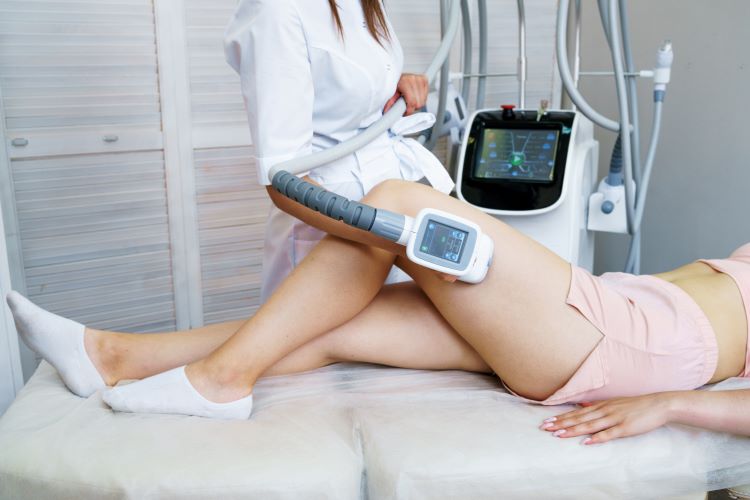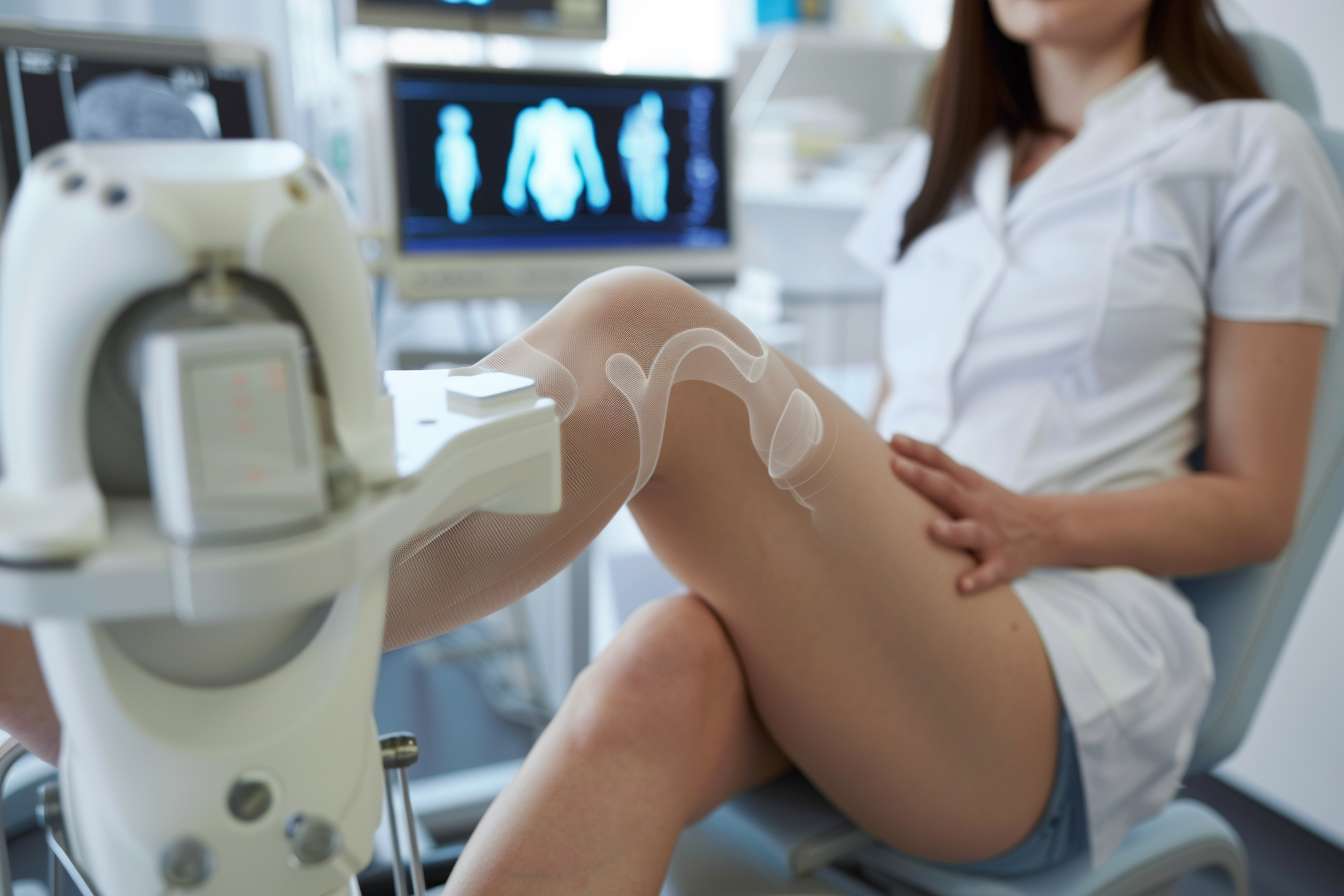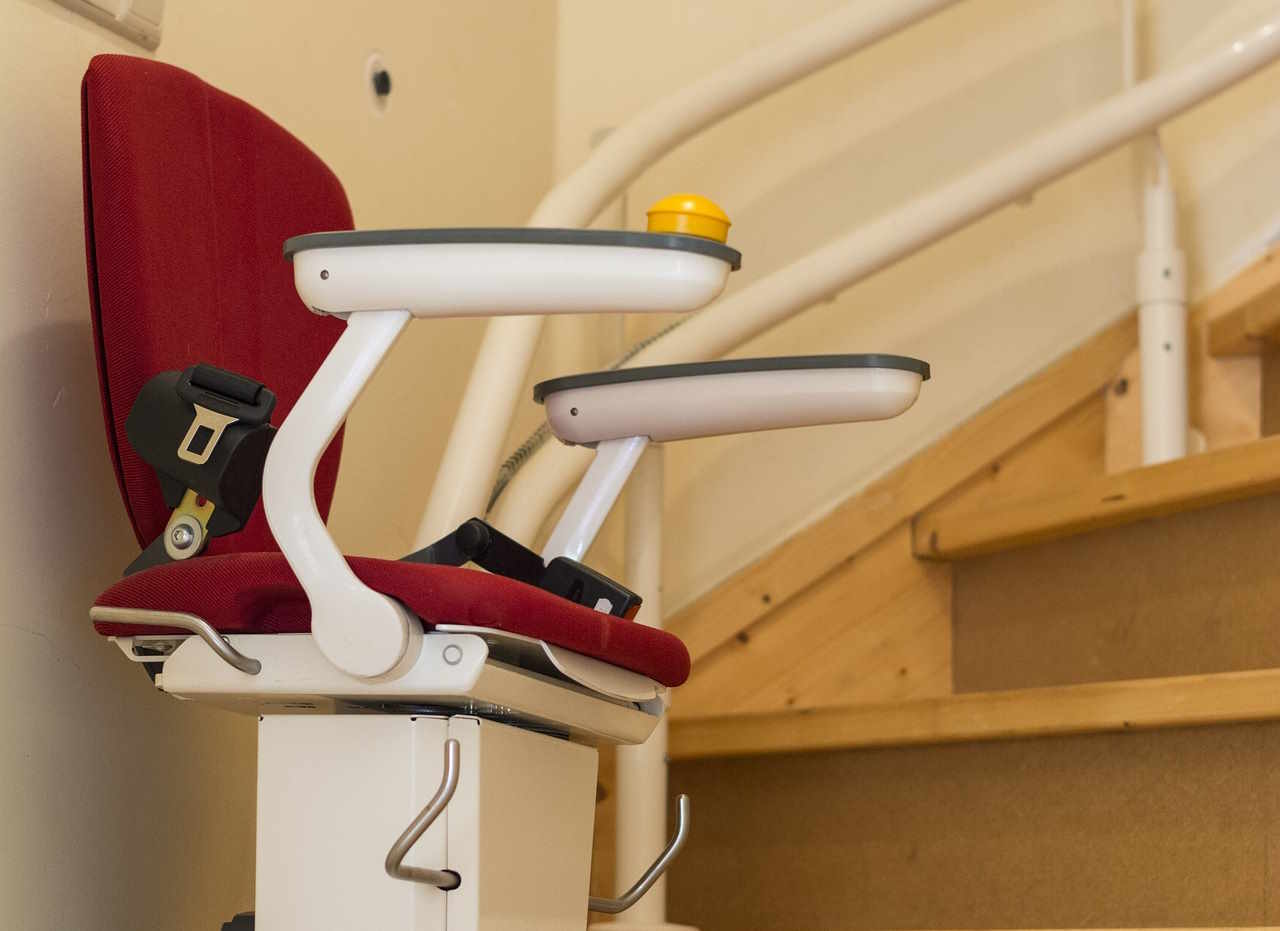45 Minutes to a More Sculpted You? Understanding Ultrasonic Fat-Reduction Treatments
Ultrasonic fat-reduction treatments have gained popularity as a non-invasive alternative to traditional liposuction. These innovative procedures use precisely targeted sound waves to break down stubborn fat deposits without surgery or recovery time. For those seeking body contouring solutions with minimal disruption to their daily routines, understanding how this technology works and what results to expect can help determine if it's the right approach for addressing persistent fat pockets that resist diet and exercise.

Ultrasonic fat-reduction treatments represent a significant advancement in non-invasive body contouring technology. Unlike traditional surgical approaches that require incisions, anesthesia, and considerable downtime, these treatments harness the power of sound wave technology to target and disrupt fat cells beneath the skin while leaving surrounding tissues unharmed. The appeal of potentially achieving noticeable body sculpting results in short treatment sessions with no recovery period has made these procedures increasingly sought after by those looking to address stubborn fat deposits that don’t respond to diet and exercise alone.
How Does Ultrasonic Fat Reduction Work Without Surgery?
Ultrasonic fat reduction utilizes high-frequency sound waves that create a mechanical vibration effect when directed at adipose tissue. This vibration causes the fat cell membranes to become temporarily permeable or rupture entirely. When this happens, the liquefied fat contents are released into the intercellular space and naturally processed through the body’s lymphatic system. The key scientific principle behind this technology is cavitation—the formation of vapor cavities in a liquid that implode and generate intense pressure waves capable of breaking down fat cells.
The technology specifically targets fat cells because they are more susceptible to ultrasonic vibration than other tissue types. The surrounding tissues—including muscles, nerves, blood vessels, and skin—remain unaffected by the treatment, which contributes to its safety profile. Because no incisions are made and no foreign substances are introduced to the body, the risk of complications is significantly reduced compared to surgical fat removal procedures.
What to Expect During a Typical Ultrasonic Fat-Reduction Session?
A standard ultrasonic fat-reduction appointment typically lasts between 30-60 minutes, depending on the treatment area and specific technology being used. Upon arrival, the practitioner will mark the target areas and apply a conductive gel to ensure optimal transmission of the ultrasound waves. Most patients describe feeling a warm sensation or gentle vibration as the handheld device is moved across the treatment area in circular motions. Some technologies incorporate LED light therapy or radiofrequency energy to enhance results by tightening skin and improving circulation.
During the session, patients can typically relax, read, or even use their mobile devices as the treatment progresses. There’s no pain involved, though some people report a tingling sensation or feeling of warmth in the treated area. Immediately after the session, patients can return to their normal activities with no restrictions—a significant advantage over surgical alternatives that require days or weeks of recovery time.
Benefits and Safety Considerations of Non-Invasive Body Contouring
The primary benefits of ultrasonic fat reduction include its non-invasive nature, lack of downtime, and minimal discomfort. Unlike surgical procedures, there’s no risk of infection from incisions, no scarring, and no need for anesthesia. The treatments can be precisely targeted to specific problem areas that are resistant to diet and exercise, such as the abdomen, flanks, thighs, and upper arms. For many patients, the gradual nature of results provides a more natural-looking transformation compared to the sometimes dramatic changes following surgical fat removal.
Regarding safety, ultrasonic fat reduction has a favorable profile when performed by qualified practitioners using approved devices. However, it’s not entirely without risks. Some patients experience temporary redness, mild swelling, or bruising in treated areas. There have been rare reports of uneven results or changes in skin sensation that typically resolve within a few weeks. It’s worth noting that these treatments are not intended for significant weight loss but rather for contouring and addressing localized fat deposits in otherwise healthy individuals.
How Ultrasound Technology Targets Stubborn Fat Areas Naturally
The selective nature of ultrasonic technology makes it particularly effective for targeting stubborn fat deposits. The ultrasound waves can be calibrated to specific frequencies that primarily affect fat cells while sparing other tissues. When these sound waves penetrate the skin, they create a phenomenon known as acoustic streaming and cavitation within the fat layer. This mechanical effect disrupts the fat cell membranes without generating enough heat to damage surrounding structures.
The body’s natural metabolic processes then take over. Following treatment, the lymphatic system gradually processes and eliminates the released fat content, while macrophages (specialized cells that are part of the immune system) clear away the damaged fat cell debris. This natural elimination process explains why results appear progressively over weeks rather than immediately. Some technologies enhance this natural process by incorporating massage techniques or additional modalities that stimulate lymphatic drainage and circulation in the treated areas.
Realistic Results and Aftercare Tips for Ultrasonic Fat Reduction
Patients should approach ultrasonic fat reduction with realistic expectations. Most people require a series of 3-6 treatments spaced 1-2 weeks apart to achieve optimal results. Visible improvements typically begin to appear 2-4 weeks after the first session, with final results becoming apparent 2-3 months after completing the full treatment course. Research suggests that patients can expect an average reduction of 2-4 centimeters in circumference per treated area, though individual results vary based on body composition, treatment adherence, and lifestyle factors.
| Treatment Type | Average Cost Per Session | Number of Sessions Typically Needed | Maintenance Requirements |
|---|---|---|---|
| Standard Ultrasonic Cavitation | £80-£150 | 6-10 sessions | Every 6-12 months |
| HIFU (High-Intensity Focused Ultrasound) | £250-£500 | 1-3 sessions | Every 12-18 months |
| Combined Ultrasonic with RF Therapy | £150-£300 | 4-8 sessions | Every 6-12 months |
| Medical-Grade Ultrasonic Lipolysis | £200-£400 | 3-6 sessions | Every 12 months |
Prices, rates, or cost estimates mentioned in this article are based on the latest available information but may change over time. Independent research is advised before making financial decisions.
For optimal and lasting results, practitioners recommend several aftercare practices. Drinking plenty of water (at least 2 liters daily) helps the lymphatic system process and eliminate the released fat. Light physical activity after treatment can enhance circulation and lymphatic drainage. Many professionals suggest avoiding alcohol and caffeine for 24-48 hours after treatment, as these can dehydrate the body and potentially reduce the effectiveness of the fat elimination process. Maintaining a healthy diet and regular exercise routine is essential for preserving results, as ultrasonic fat reduction does not prevent new fat from forming if caloric intake exceeds expenditure.
This article is for informational purposes only and should not be considered medical advice. Please consult a qualified healthcare professional for personalized guidance and treatment.




